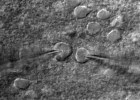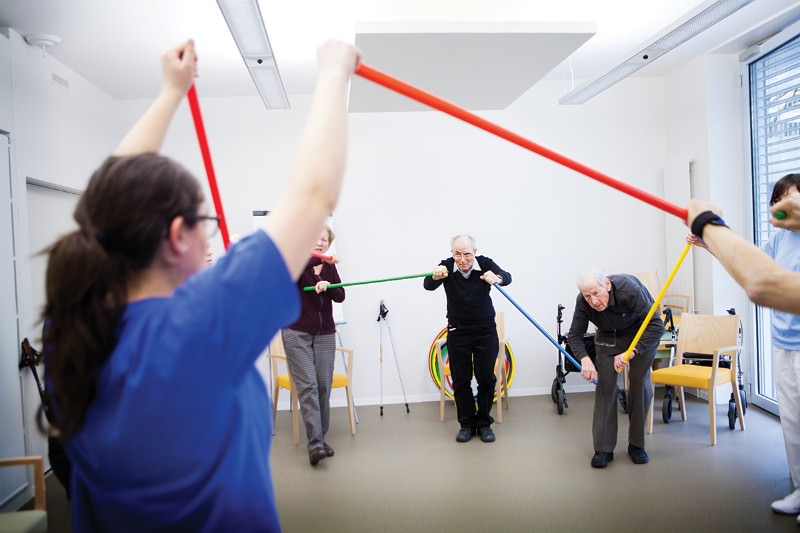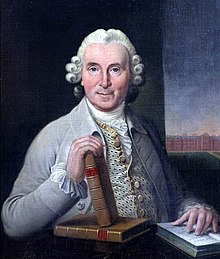Preencha os campos abaixo para
baixar o KIT com as peças da Campanha
Novembro Azul
This Blog AMICOR is a communication instrument of a group of friends primarily interested in health promotion, with a focus on cardiovascular diseases prevention. To contact send a message to achutti@gmail.com http://achutti.blogspot.com
|
| October 30, 2015 |
 | A study of the brains of mice shows that structural deterioration associated with old age can be prevented by long-term aerobic exercise starting in mid-life, according to the authors of an open-access paper in the journal PLOS Biology yesterday (October 29). Old age is the major risk factor for Alzheimer’s disease, like many other diseases, as … more… |
| October 26, 2015 |
 |
Could benefit a large population of patients with neurodegenerative disorders
Researchers at Massachusetts Eye and Ear/Harvard Medical School and Boston University have developed a new technique to deliver drugs across the blood-brain barrier and have successfully tested it in a Parkinson’s mouse model (a line of mice that has been genetically modified to express the symptoms and pathological features of Parkinson’s to various extents). Their findings, … more… |
| October 28, 2015 |
 |
Findings could enhance teaching methods and lead to treatments for cognitive problems
A Johns Hopkins University-led research team has proven a working theory that explains what happens in the brain when we learn, as described in the current issue of the journal Neuron. More than a century ago, Pavlov figured out that dogs fed after hearing a bell eventually began to salivate when they heard the bell ring. … more… |
| October 29, 2015 |
 |
Add good sleep habits to regular exercise and a healthy diet to maximize good memory, scientists advise
Chemical changes in brain cells caused by disturbances in the body’s day-night cycle may lead to the learning and memory loss associated with Alzheimer’s disease, according to a University of California, Irvine (UCI) study. People with Alzheimer’s often have problems with sleeping or may experience changes in their slumber schedule. Scientists do not completely understand … more… |
![Domagk, Gerhard [Credit: Archiv für Kunst und Geschichte, Berlin]](http://media-2.web.britannica.com/eb-media/94/8194-004-3EFD0689.jpg)

"Cities and urban environments have a fundamental role in defining how to deal with our ageing society. This provides a unique opportunity to influence and design urban environments and social structures in ways that respect, protect and fulfil our rights, including in our older age."















